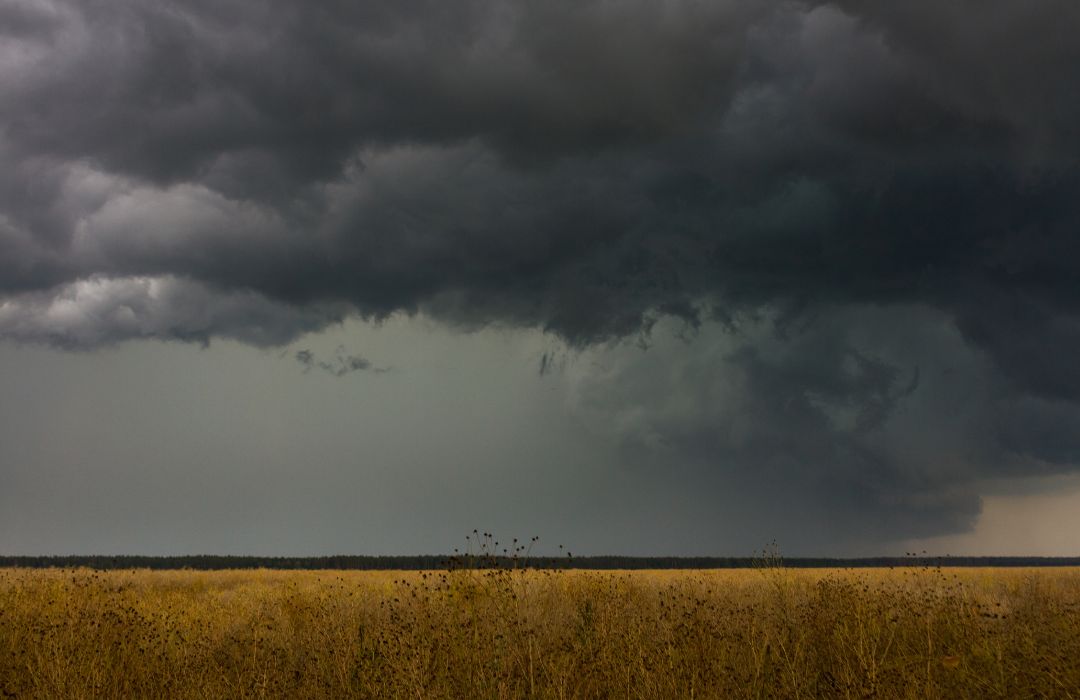As an RV enthusiast, you know that a surprise storm can catch even the most experienced traveler off guard. Being prepared with a storm plan can save you time, money, and headaches. Here's a guide to help you protect your RV when unexpected cold weather strikes.
1. Secure Your Awnings and Windows
First things first: protect your RV's exterior.
- Retract and secure all awnings: Strong winds can damage extended awnings, so make sure they're fully retracted and locked in place.
- Close and latch all windows: Ensure every window is shut tight to prevent water leaks and heat loss.
- Check window seals: Give a quick inspection of window seals for any cracks or gaps.
2. Protect Your Water System
Freezing pipes can lead to costly damage. Take these quick steps:
- Insulate/Protect your fresh water tank: If you don’t want to drain your fresh water, use wood/foam boards, or blankets to insulate and deflect cold wind from your fresh water tank and exposed pipes.
- Keep water moving: If temperatures aren't too low and you are connected to a water supply, running a small amount of water occasionally through the system can prevent freezing.
3. Insulate Exposed Areas
Quick insulation can make a big difference:
- Cover floor and roof vents: Use vent covers, foam board, or even cardboard to block cold air infiltration.
- Wrap exposed pipes: If you have pipe insulation, great. If not, even wrapping pipes with towels can help in a pinch.
For more tips on managing moisture and condensation in your RV during cold weather, check out our guide here.
4. Power and Fuel Considerations
Manage your power sources wisely:
- Fill up your propane tanks: Ensure you have enough propane for heat to outlast the storm.
- Check your batteries: Cold weather can drain batteries quickly. Make sure they're fully charged and, if possible, keep them in a temperature controlled space.
- Use a surge protector: Protect your electrical system from power spikes and fluctuations common during storms.
- Keep your fuel tank full: Always maintain a full tank of gas. It not only gives you the option to run your engine for heat in an emergency but keeps you prepared in case of temporary fuel shortages.
5. Emergency Heating
Be prepared for potential power outages:
- Have a backup heat source: A small, portable heater can be a lifesaver. Ensure it's RV-safe, never leave it unattended, and make sure you have a carbon monoxide detector if using a gas-powered heater to avoid an accidental buildup of harmful gasses.
- Stock up on warm bedding: Extra blankets and sleeping bags rated for cold weather are essential.
For more comfort tips for cool weather RVing, read our comprehensive guide here.
6. Stock Up on Supplies
Don't get caught unprepared:
- Non-perishable food: Have enough food to last several days.
- Water: Store extra drinking water in case pipes freeze. Coffee, tea and cocoa are great ways to stay warm inside.
- Emergency kit: Include flashlights, batteries, a first-aid kit, and any necessary medications.
Make sure you have all the essential fall gear for RVers to stay comfortable and safe.
7. Secure Exterior Items
Don't forget about your outdoor setup:
- Store outdoor furniture: Bring in or cover chairs, tables, and other lightweight items that could blow away.
- Secure exterior storage: Make sure all containers and external compartments are locked and weathertight.
For a complete list of fall maintenance tasks, check out our essential fall RV maintenance checklist.
8. Monitor Weather Conditions
Stay informed to stay safe:
- Use a weather app: Keep track of changing conditions and warnings. Here's our list of essential weather apps for travelers.
- Have a backup communication device: In case cell networks go down, a handheld walkie-talkie with weather radio can be invaluable.
Remember, these steps are for quick, temporary cold storms. If you're facing an extended cold period, a more thorough winterization process is necessary. Click here for a guide on how to winterize your RV.
Always prioritize your safety – if conditions are severe, don't hesitate to seek out a sturdy, permanent shelter.
See you on the road!



Share:
Essential Gear for RVers Who Love Hunting
Tips for Safe Driving and Navigating in Low Light